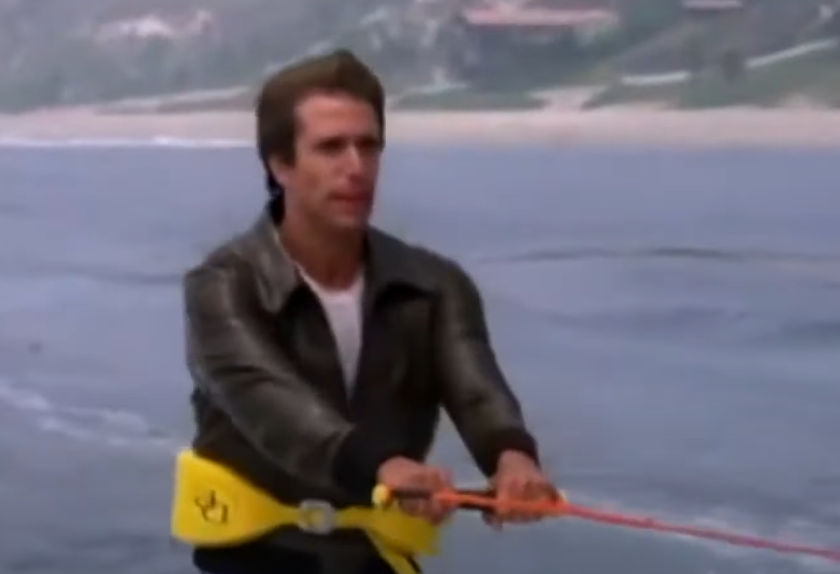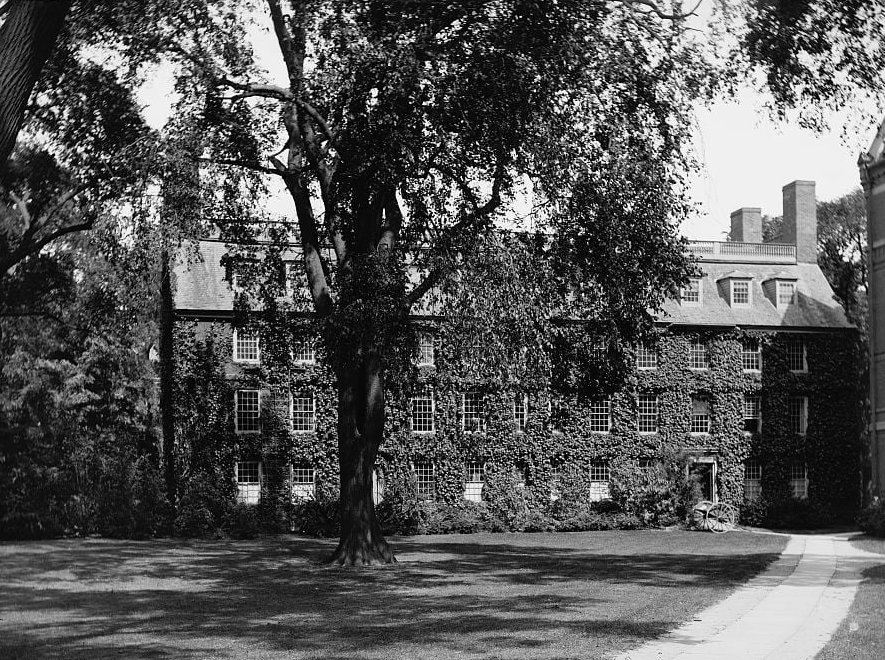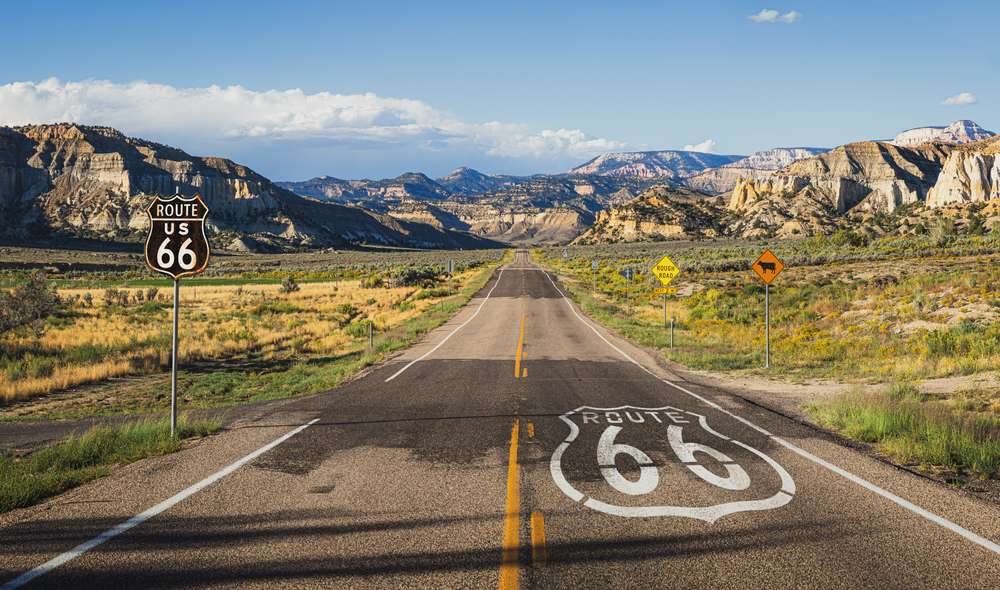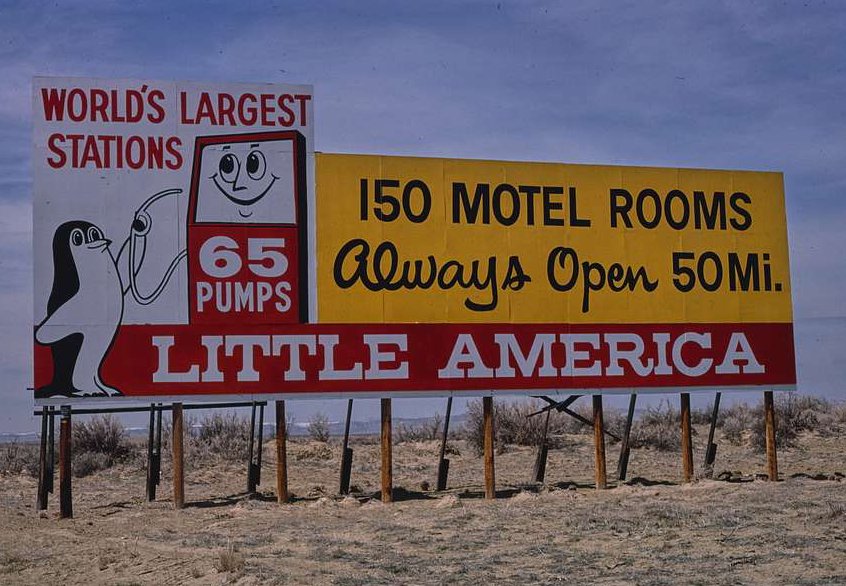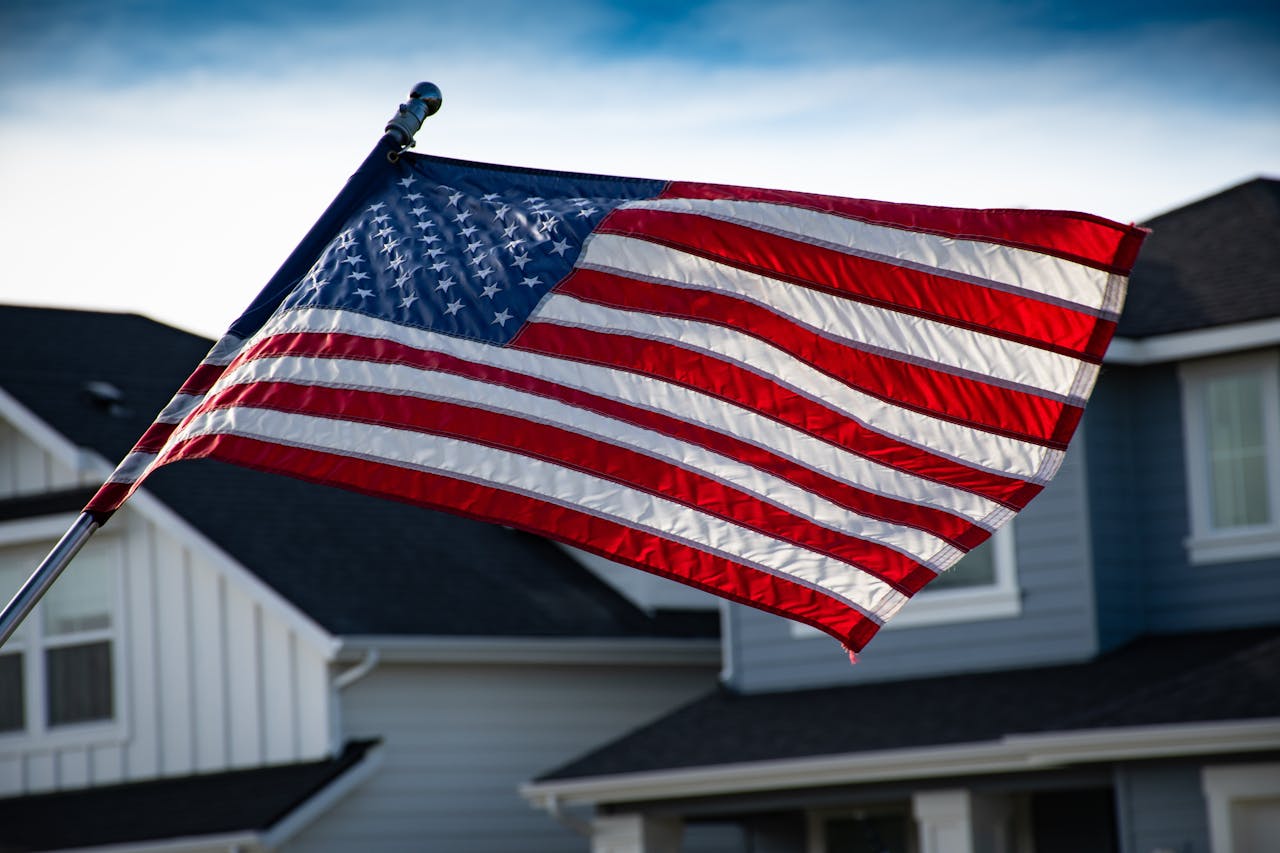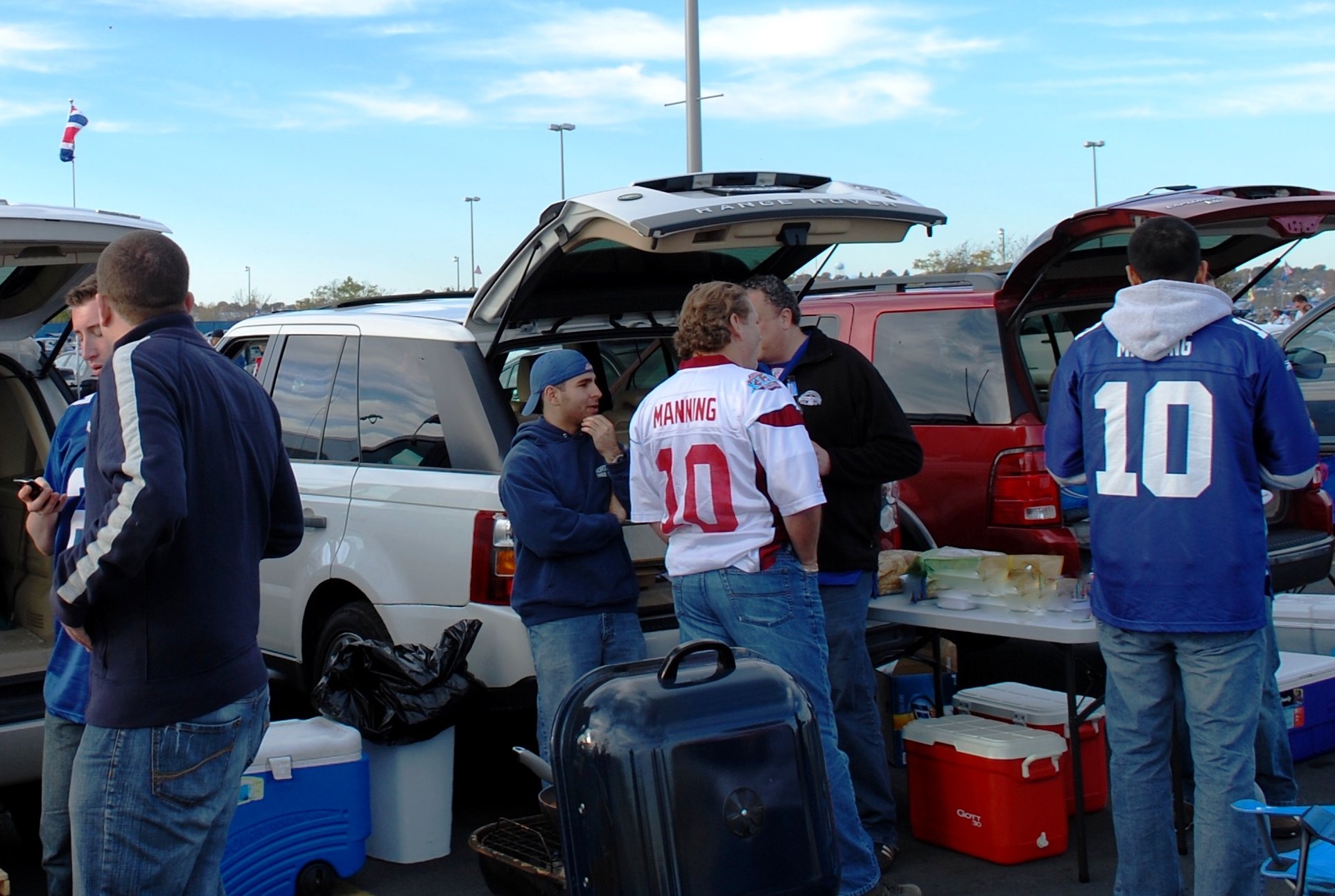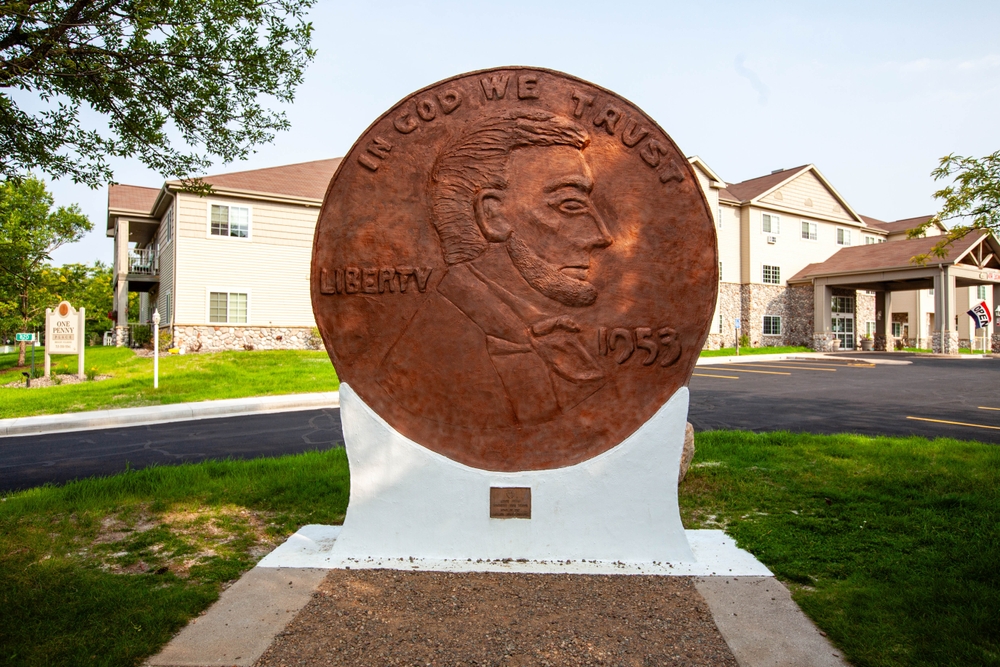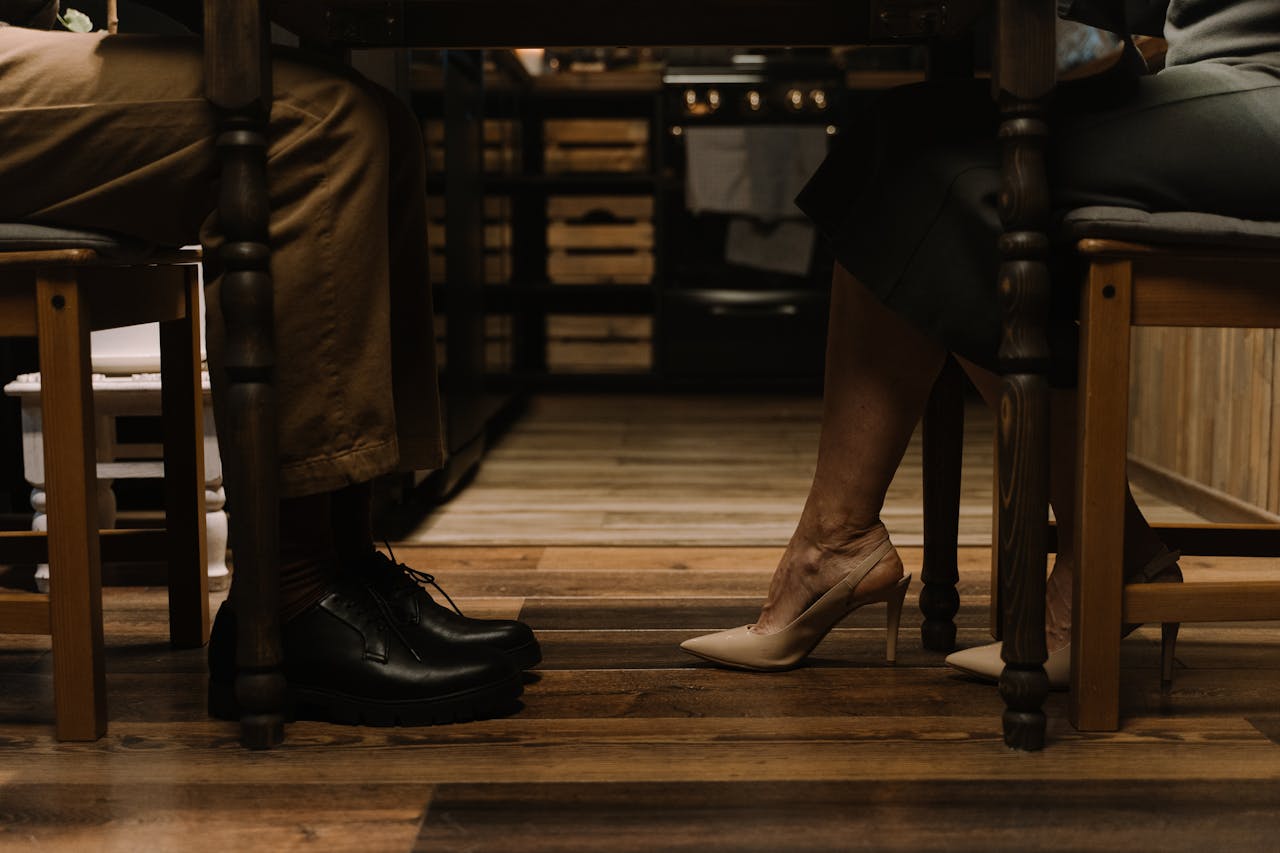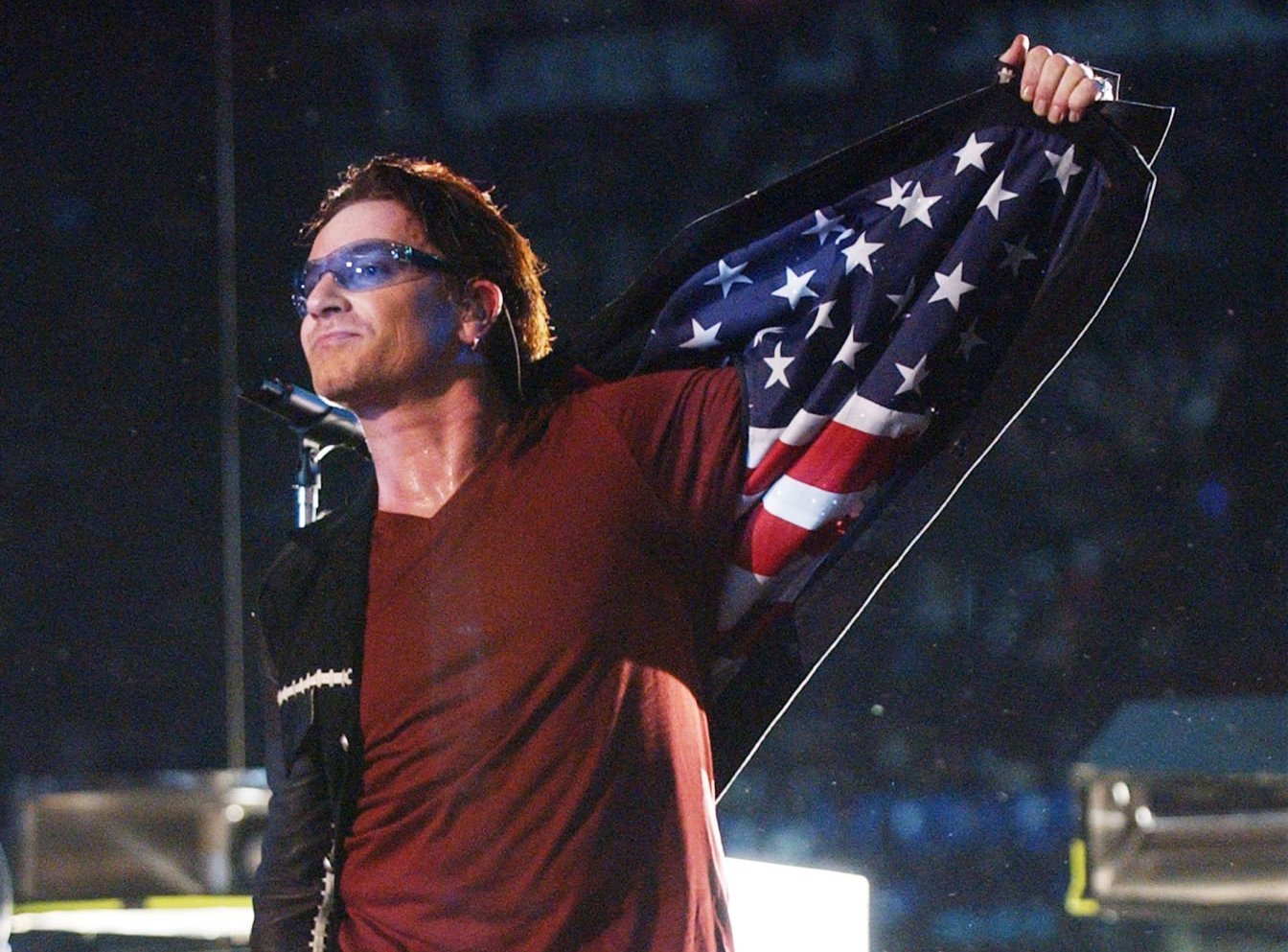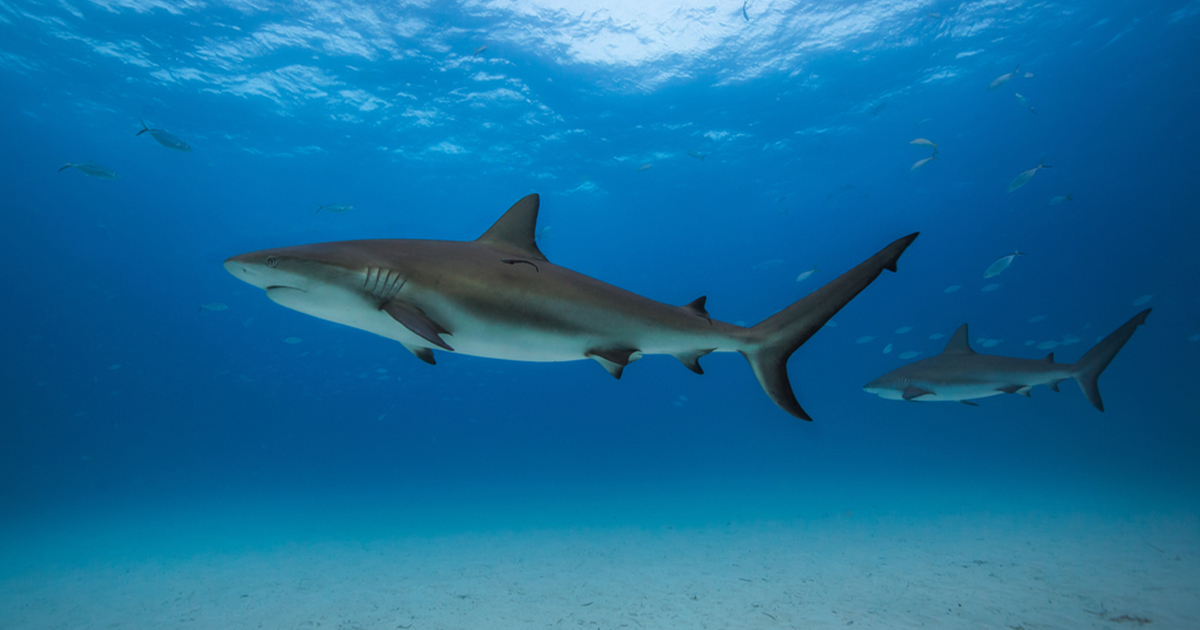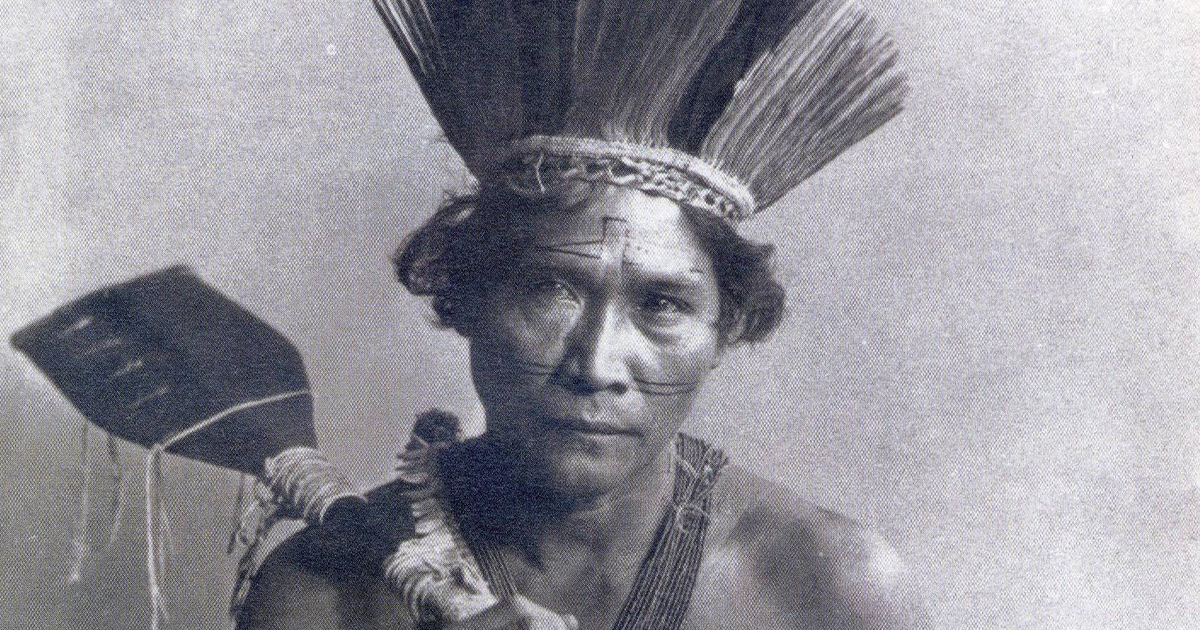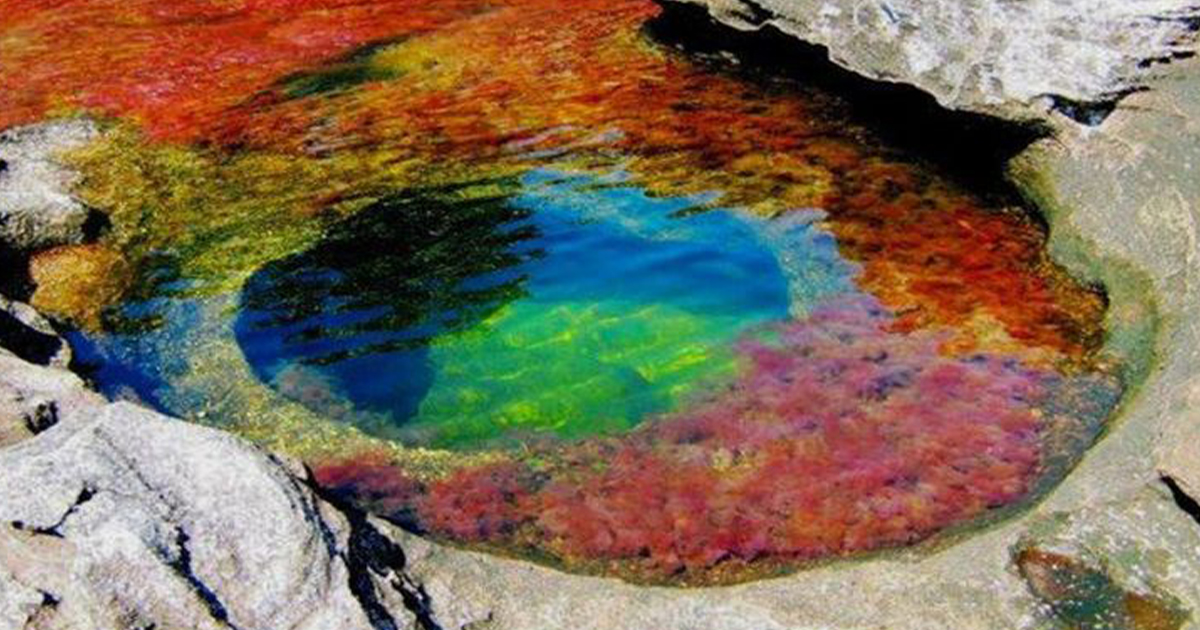Nobody Else Can Quite Understand These Uniquely American Things
Despite being just a few hundred years old, Americans have developed eccentric traditions and customs that sometimes boggle the minds of tourists and onlookers worldwide. When was the last time the Germans pardoned a turkey or tipped the waitress at a restaurant? Let's review some 'uniquely' American things.
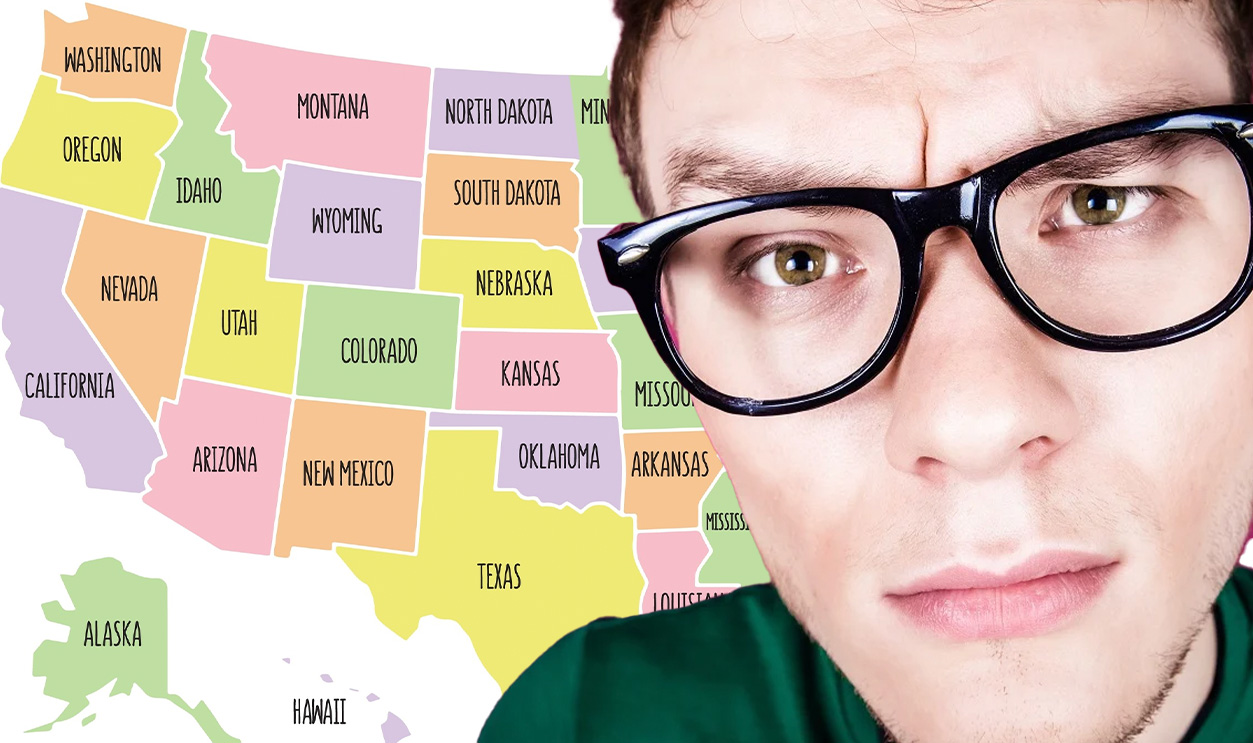
Tipping Restaurant Staff
Tipping, also called a "gratuity," originated in feudal Europe, where servants who performed good services for their masters received a few extra pennies. Today, it is commonplace in North America, but not so in Europe. Europeans adopt the mindset that excellent service is part of the job of restaurateurs and their staff. In North America, tipping has become a crucial part of financial life for those in the customer-facing food-service industries.
Super-Sizing Your Food
Portion sizes have long been different between the United States and Europe, with Europeans favoring a slightly smaller portion size than their American counterparts. But Europeans don't super-size food—it's not a menu option. 7-Eleven introduced the concept of "super-sized" in 1980 with its Big Gulp fountain drink.
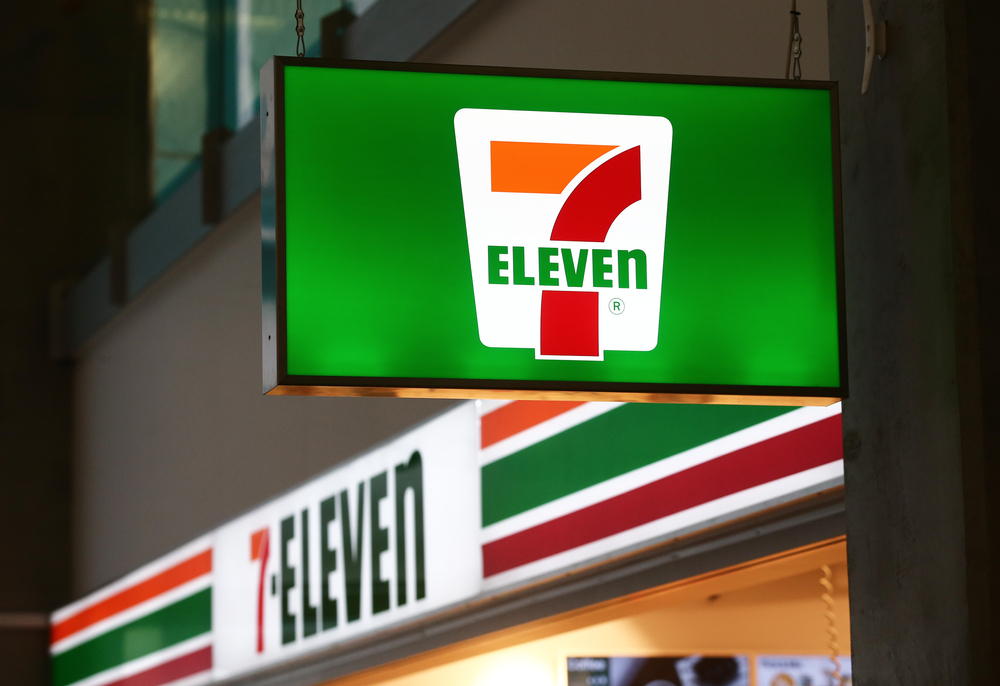 Jeppe Gustafsson, Shutterstock
Jeppe Gustafsson, Shutterstock
Next-Level Sandwiches
In Europe, sandwiches tend to be ham, tuna, or egg in between two slices of bread and some vegetables, a snack that was invented by John Montagu, the Earl of Sandwich in the 18th century. Americans take this simple fare to the next level, with every region and state seemingly having their own take on a classic sandwich, or even inventing their own sandwich, like the Reuben.
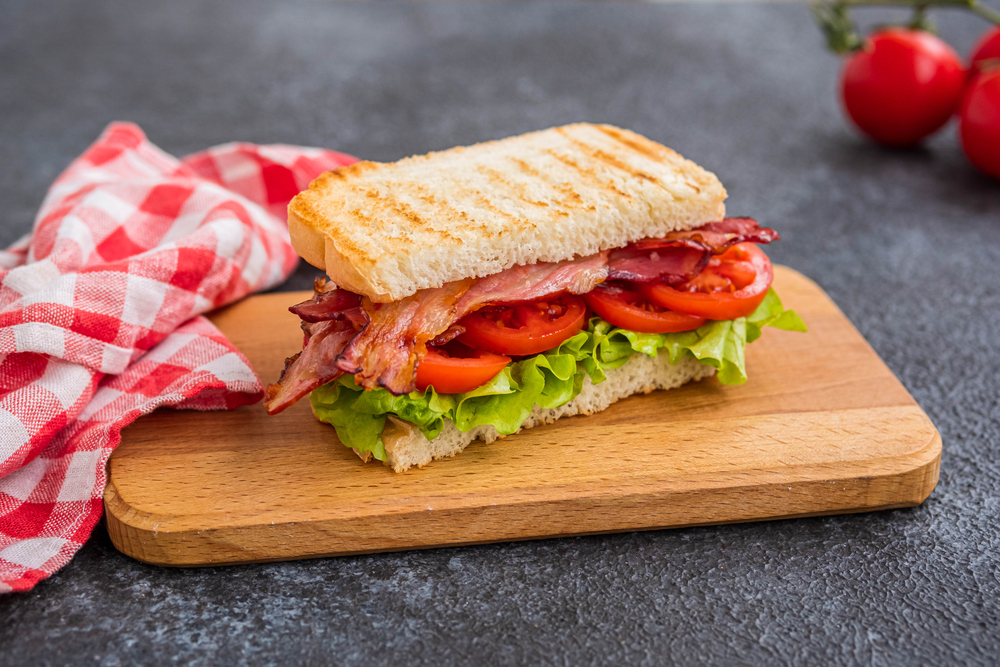 Happy_food_photo, Shutterstock
Happy_food_photo, Shutterstock
Jumping The Proverbial Shark
To "jump the shark" means to stray so far from the original work that the show/film becomes unrecognizable from the original. Jumping the shark originated with the TV series Happy Days (1974) when the Fonz literally jumped over a shark. Since then, it's been used in the industry to describe a show that went off the rails.
The Concept Of Freshmen/Sophomores/Juniors/Seniors
While there are "levels" to student schooling in Europe, there isn't, per-se, as hierarchical structure as there is in America. Interestingly, the concept of these different student groups originated at Cambridge University by none other than John Harvard—founder of Harvard University in 1636.
Peanut Butter & Jelly Sandwiches
Otherwise known as "PB & J," this classic American breakfast/school lunch originated in 1901 in the Boston Cooking School Magazine, in a recipe found in the book by Julia David Chandler. Mixing peanut butter and jam together in Europe will get you some funny looks—as if Europe doesn't have its own selection of eccentric food.
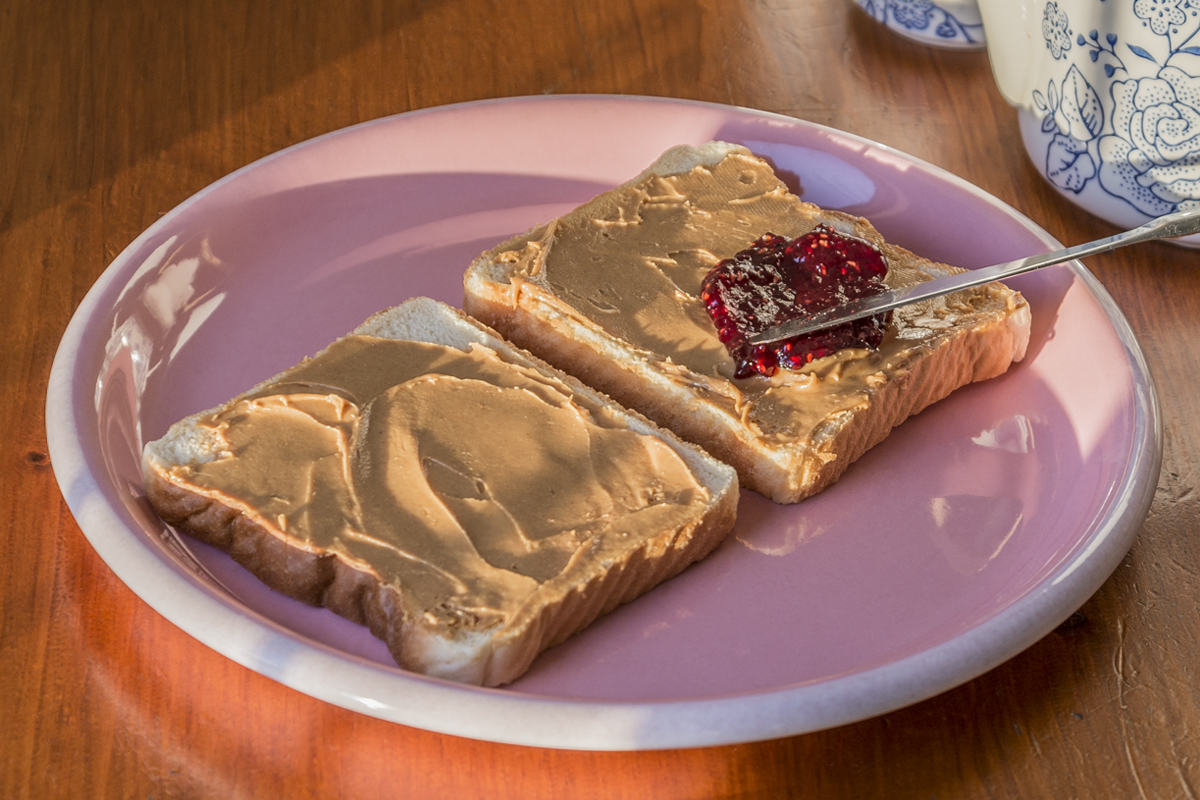 Matias Garabedian, CC BY-SA 2.0, Wikimedia Commons
Matias Garabedian, CC BY-SA 2.0, Wikimedia Commons
The Vast Geography Of The United States
Coming from Europe, where you can drive through multiple countries in a single day, the vastness of the United States is often shocking to European tourists. They can't imagine driving for eight hours and still not leaving a state. But in the US, it's common to go hours and be in the same state—and driving for several hours to get somewhere is no big deal.
The Spectacle Of American Sport
While America hardly has a monopoly on the spectacle of sport (looking at you, Greece), the marching bands and in-your-face display of patriotism before almost every game in any major league in the country doesn't happen in Europe. These displays of patriotic bravado can be slightly unnerving to the traveler.
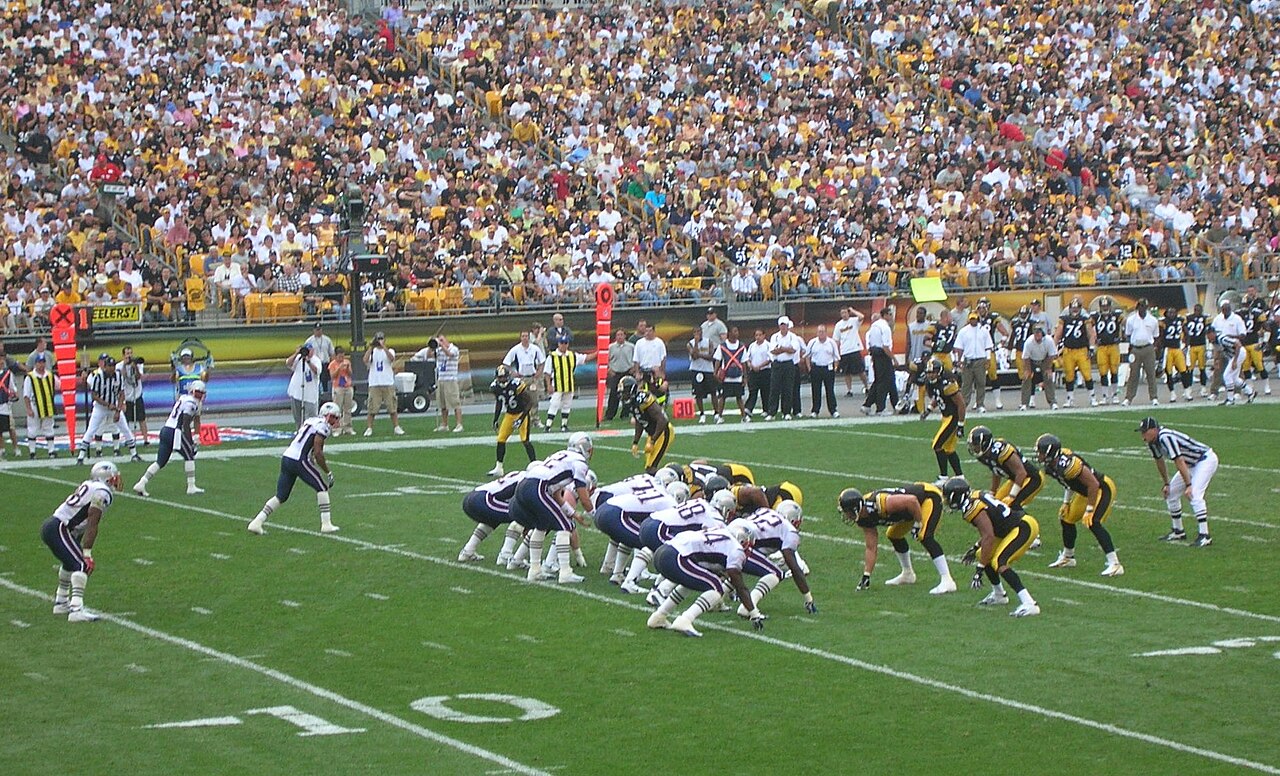 Bernard Gagnon, CC BY-SA 3.0, Wikimedia Commons
Bernard Gagnon, CC BY-SA 3.0, Wikimedia Commons
Collegiate Sports Being A Huge Deal
While college and university sports in the rest of the world are important, they're not really useful outside of the context of that school or local community. But in the US? There's so much money on the line for college athletes and the potential to make it to the big leagues, that college sports can draw more eyeballs than major league sports in some cases. "March Madness" is a prime example.
 Tulane Public Relations, CC BY 2.0, Wikimedia Commons
Tulane Public Relations, CC BY 2.0, Wikimedia Commons
Chatting With Strangers
This isn't to say that Europeans aren't friendly, but they seem to be from a more "closed-off" culture than the United States, where chatting with a stranger is commonplace. Don't be surprised if you're clocked as a tourist and then random people start with small-talk, it's the done thing in the US, usually from a place of warmth and curiosity.
It's Not Just The Food That's Super-Sized
Americans make everything bigger. From the billboard advertisements at the roadside to the cars on the road—you won't find many Hummers or Ford F-650s in Europe. With everything being bigger, America might seem intimidating to folks who aren't used to the quick pace of life and everything built on a larger scale.
Americans Do Have Windows, We Promise
The presence of air conditioning in nearly every American household is a luxury not afforded to Europeans. While, of course, AC does exist in Europe, it's mostly reserved for large-scale office buildings. In the summer, Americans simply turn on the AC, while the Europeans open their windows. You do whatever keeps you cool during America's often scorching hot summers.
American Flags Absolutely Everywhere
While less of a bravado display of patriotism than at football games, American flags are still found absolutely everywhere in the United States. On buildings, homes, inside and outside of cars, randomly in a field. Everywhere. You wouldn't see that in Europe, European patriotism tends to be more subtle.
The Confusing Way Americans Write The Date
You'd think that DD/MM/YYYY would make the most sense, right? Day/Month/Year is a more linear way to think about time... Well, that's not so in the US, they write it MM/DD/YYYY. Confusing? Yes. But it also originated in Europe. In the UK, before the 20th century, the date was written with the month first. Did you know that the US military uses four types of date formatting?
Not Putting The Actual Price Of An Item On The Tag
This is both confusing and annoying for Europeans, who are used to paying full-price for an item at the checkout that includes the taxes on the item. But, if you're in the US, you'll have to work out exactly how much tax you'll pay (which varies by state), if you're pinching pennies on a trip. Once you get to the cash register, the clerk will tell you what the full price is anyway, but if you want to work it out ahead of time, use your phone's calculator. The price you see on the tag is not what you'll pay in the end.
Pardoning A Turkey
The King has two birthdays a year, and the US President pardons a turkey every Thanksgiving. The origin of this practice dates back to 1863 in the American Civil War, when Abe Lincoln's son, Tad, asked his dad to spare a turkey from the roasting pot at Thanksgiving. President Lincoln duly obliged and "pardoned" the soon-to-be cooked turkey. In 1947, the first National Turkey Pardoning took place under President Truman.
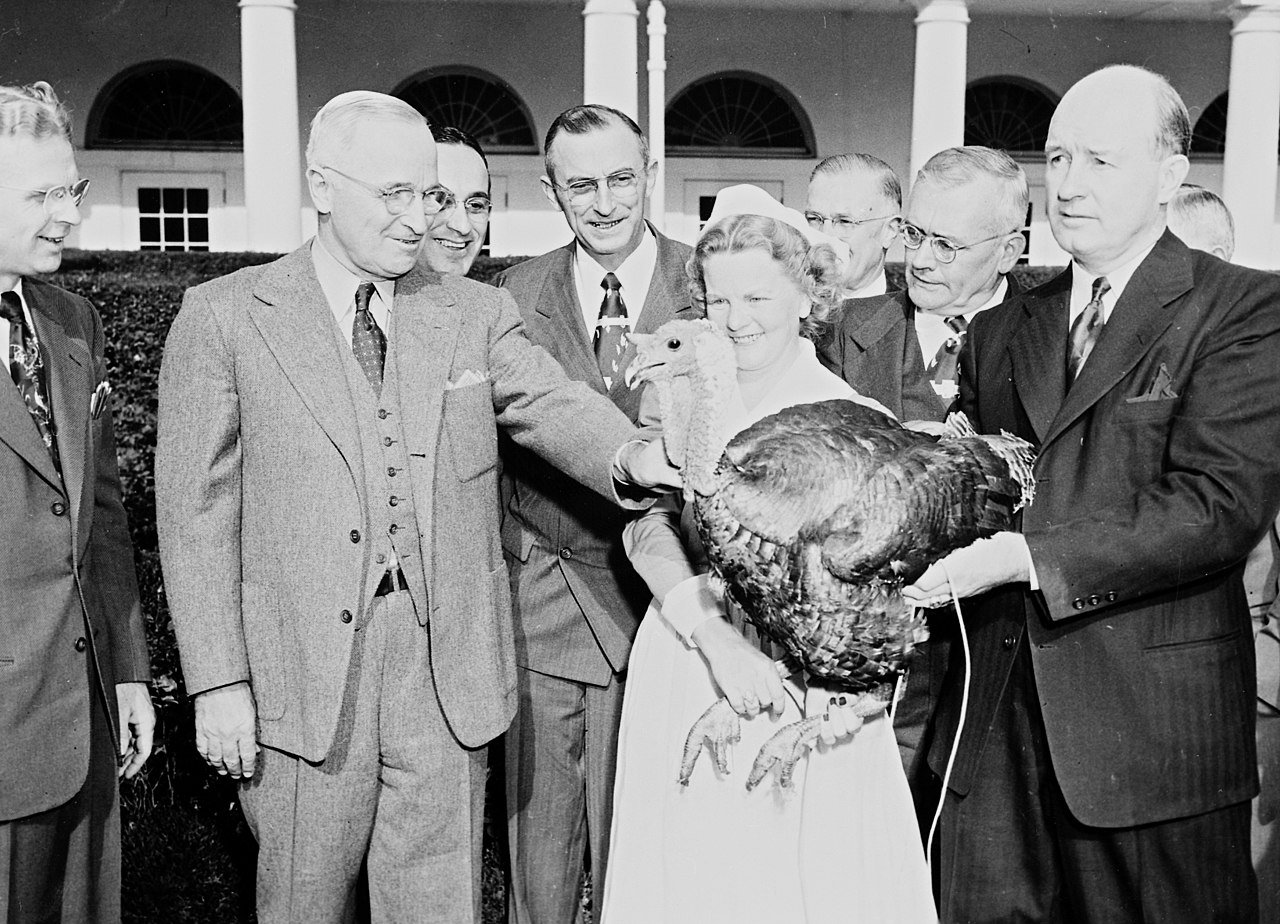 Abbie Rowe, U.S. National Park Service, Wikimedia Commons
Abbie Rowe, U.S. National Park Service, Wikimedia Commons
Ice, Ice, Baby
Most Europeans drink their beverages at room temperature, or at the very least, fresh out of the refrigerator. But the concept of putting sodas "on ice" is foreign to them. The American fascination with ice began in 1860 with iced tea. By the early 19th century, the US had a booming ice industry and even exported ice to warmer parts of the country.
Groundhog Day
"Spring will arrive when it arrives," seems to be the European approach. Not so in the United States, where a tradition sprang up when German immigrants settled in the US in the 19th century and brought with them the custom of "Groundhog Day". This is the tradition that if a groundhog comes out of its den and sees its shadow, there will be six more weeks of winter, but if not, winter will end earlier that year. The very first Groundhog Day occurred in 1887 in Punxsutawney, Pennsylvania.
 Anthony Quintano, CC BY 2.0, Wikimedia Commons
Anthony Quintano, CC BY 2.0, Wikimedia Commons
Spooky Season
While Halloween is a thing in Europe, the Europeans don't go as crazy for it as they do in the US. We don't have a month-long "spooky season" celebration where Halloween looks like it's thrown up all over every Dollar General or Dollar Tree in the nation. Instead, Europeans have slightly different celebrations around the concept of ghosts, ghouls, witches, and pumpkin-spice-and-everything-nice.
 Krakenimages.com, Shutterstock
Krakenimages.com, Shutterstock
Tailgate Parties
To everyone else, "tailgating" means someone hugging your bumper in traffic. To Americans? That can also mean the post- (or pre-) game meet up in the parking lot of a major sports stadium, cooking burgers on a small barbecue or hotplate. Most cities in Europe don't allow such parties outside of organized events.
America Is Home Of Strange Festivals
Sure, Europeans also have strange festivals: The Wife-Carrying World Championships of Finland, La Tomatina in Spain, the Battle Of The Oranges in Italy that dates back to 1194, and many more. But in the US, some of the most unusual festivals include a Roadkill Festival in West Virginia, or the Underwater Music Festival in Florida. Weird and wonderful festivals are as American as apple pie.
 JosephAdams, CC BY 2.0, Wikimedia Commons
JosephAdams, CC BY 2.0, Wikimedia Commons
Roadside Attractions Galore
Much of Europe's roadside attractions include centuries-old castles or ancient ruins from millennia ago, but in North America, their roadside attractions are a little more eccentric—from the World's Largest Penny to the World's Largest Peanut in Ashburn, Georgia. If you're into the strange and unique and plotting a road trip across America, then the US has plenty of weird and wonderful roadside attractions to add to your travel list.
The Super Bowl Halftime Show
Whereas European soccer matches only have 15 minutes between each half, the biggest football game of the year in the US, the Super Bowl, has a 30-minute show that sometimes attracts more viewers than the game itself. It often features huge celebrity musicians and an incredible amount of preparation and funding.
 Pete Sekesan, CC BY 2.0, Wikimedia Commons
Pete Sekesan, CC BY 2.0, Wikimedia Commons
For Those Watching At Home: The Commercials
If you find yourself lucky enough (or unlucky, depending on whether you like football) to be at a Super Bowl watch party at someone's house on Super Bowl Sunday, you'll notice the extravagant commercials that play between various parts of the halftime show. Companies like Coca-Cola will often spend millions of dollars on these commercials, as they know that hundreds of millions of eyeballs will be watching them.
Driving From Place To Place
Harkening back to the earlier piece about the sheer size of the country, public transportation is few and far between and is mostly only available in major cities. Outside of that, you'll have to drive between places (unless you plan on never leaving the city). Make sure you've got an international driver's license if you'll be renting a car and familiarize yourself with US traffic laws prior to getting behind the wheel.
American Bills Are All The Same Size
American currency can be confusing, mostly due to the names given to each different type of coin: nickels are five-cent coins, dimes are 10-cent coins, and quarters are worth 25 cents. Even more confusing are American bills, which are all the same size and color regardless of the value of the note.
Paying Exorbitantly For College
Student loan debt is another one of those things that the rest of the world just doesn't understand. Particularly in Europe, college is either heavily subsidized by the governments of many countries around the world, or programs are heavily subsidized. This is not so in the US and the cost of tuition often shocks visiting students.
Wearing Shoes In The House
Taking your shoes off at the door is sort of a custom in many countries around the world—it's a sign of respect for the cleanliness of another person's home. But, some (many?) Americans don't follow this rule at all and wear their outdoor shoes indoors. Americans won't be offended if you take off your shoes in their home, but it's not obligatory.
Paying For Healthcare
Another "Americanism" that leaves Europeans baffled is the concept of for-profit healthcare. In a similar vein as education, most European countries either heavily subsidize or outright cover the cost of all (or almost all) healthcare-related needs of their citizens and visitors. It's puzzling to visitors that Americans have to pay for their healthcare at all.
The Amount Of Sugar In Everything
While not necessarily an Americanism, European foods generally tend to contain less sugar than their American counterparts. The average American consumes approximately 126.4 grams of sugar daily, additionally, many American sugary products are made with high-fructose corn syrup, rather than actual cane sugar. In 2025, 64% of Americans are now considered overweight or obese.
What's Your Favorite Americanism?
Calling on you, Americans—what's your favorite Americanism from our list? And to the visiting Europeans, what Americanism did you experience on your trips to the US? Let us know in the comments below!
You May Also Like:
The Abenaki People of North America



